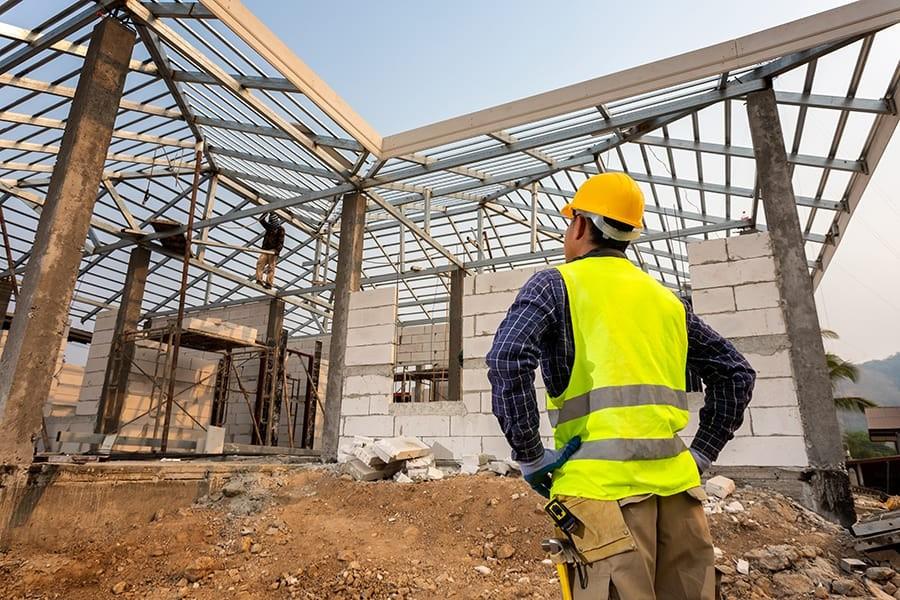

Implementing Structural Engineering on Residential Buildings

Introduction
We will explore strategies for optimizing the structural design of residential b uildings . We will discuss key considerations and best practices to achieve efficient and safe designs.

IMPORTANCE OF EFFICIENCY

Efficient structural design is crucial for minimizing material usage, reducing construction costs, and enhancing overall sustainability. By optimizing the design, we can achieve a balance between strength and material economy.
Key Considerations

Factors such as load distribution, wind and seismic forces, and foundation type play a critical role in the structural design of residential buildings. Understanding these factors is essential for optimal design.
Material Selection

The choice of building materials, such as reinforced concrete and steel, significantly impacts the structural integrity and performance of residential buildings. Proper material selection is key to optimizing the design.


Innovative Design Techniques

Incorporating advanced structural analysis software and innovative construction techniques can lead to more efficient and resilient designs. Embracing technological advancements is essential for optimizing structural design.


Sustainability and Resilience
An optimized structural design not only enhances sustainability but also improves the building's resilience to natural disasters and environmental impacts. Prioritizing these aspects is essential for long-term benefits.






Optimizing the structural design of residential buildings is a multifaceted process that involves careful consideration of various factors. By embracing efficiency, innovation, and sustainability, we can create safer, more costeffective, and environmentally friendly structures.


https://www.facebook.com/structurale ngineer2/ FACEBOOK https://www.linkedin.com/company/ar row-engineering-and-home-inspection -inc/ LINKEDIN
https://arrow-engineering.ca/
info@arrow-engineering.ca

